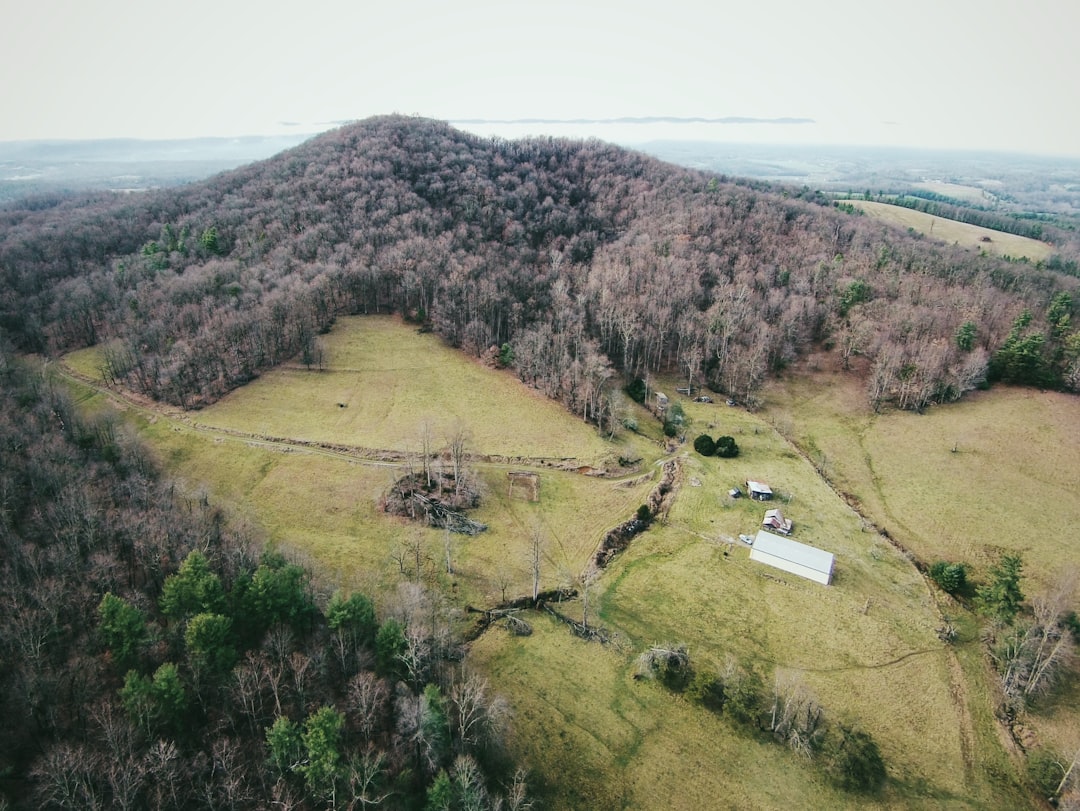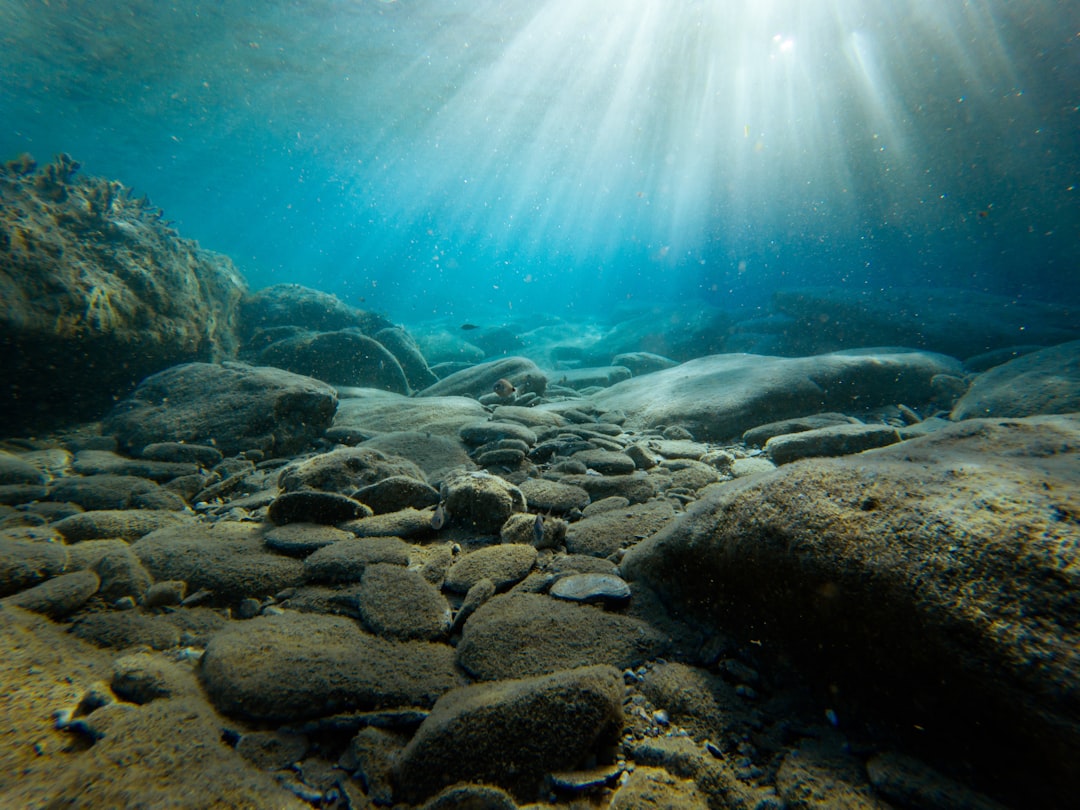What is it about?
Enhanced fluxes of N2O, third largest greenhouse gas, from the western Indian shelf has earlier been attributed to the intensification of seasonal anoxia due to increased terrestrial nutrient loading. Much of the earlier understanding on N2O dynamics was based on studies limited mostly up to the inner shelf. However, the present study has shown that upwelling intensity and dissolved oxygen concentrations in the upwelling source water are most vital and first-step over which only the terrestrial loading acts in unison. Recent studies have clearly proven that tropical estuaries of India due to their high consumption rate for nitrogen (as high as 95%) are found to discharge insignificant quantities of nitrogen to the coastal sea. Thereby the understanding that was established earlier has been revisited in the present study to showcase that cause factor for high N2O greenhouse gas production over the western Indian shelf is chiefly augmented by the natural origin of highly depleted or no oxygen waters spreading from offshore to the shelf, over which the meager effects of terrestrial nutrients supply acts to enhance the N2O production through a process called denitrification, a process which reduces all oxic forms of nitrogen to gaseous nitrogen.
Featured Image

Photo by Jarrett Kow on Unsplash
Why is it important?
Contrary to the earlier understanding that terrestrial nutrient loading is intensifying the seasonal anoxia, this study has proved that degree of deoxygenation of upwelling waters chiefly regulates the shelf anoxia and nitrogen biogeochemistry over the eastern Arabian Sea shelf.
Perspectives
This study opens the door for earthing out the role of offshore oxygen minimum zone that spreads onto the shelf of eastern Arabian Sea. This new dimension seems to be quite significant over terrestrial loading in decepting the factors behind formation of seasonal anoxia.
Dr GUPTA GVM
Ministry of Earth Sciences
Read the Original
This page is a summary of: Upwelling intensity modulates N2
O concentrations over the western Indian shelf, Journal of Geophysical Research Oceans, December 2016, American Geophysical Union (AGU),
DOI: 10.1002/2016jc012166.
You can read the full text:
Contributors
The following have contributed to this page










